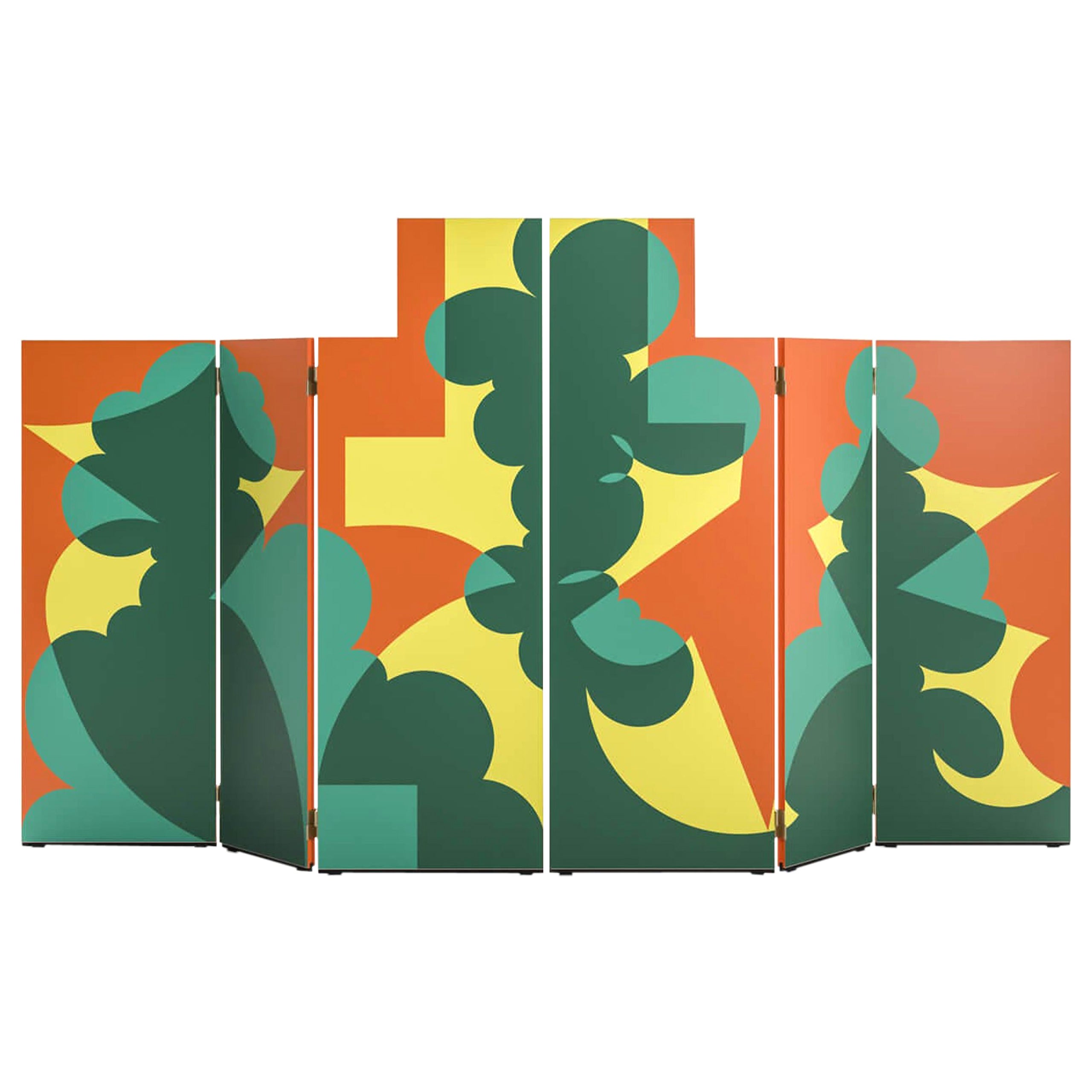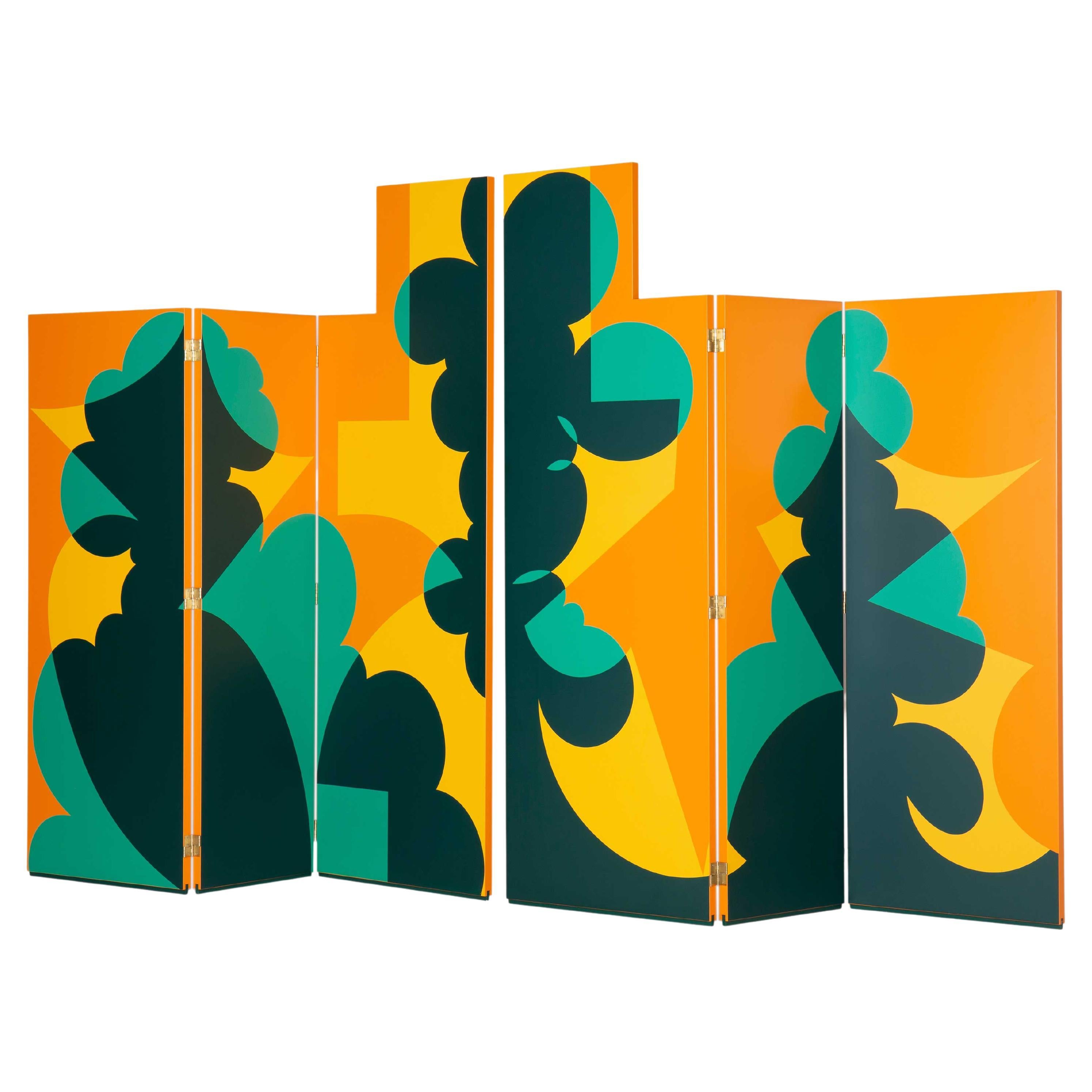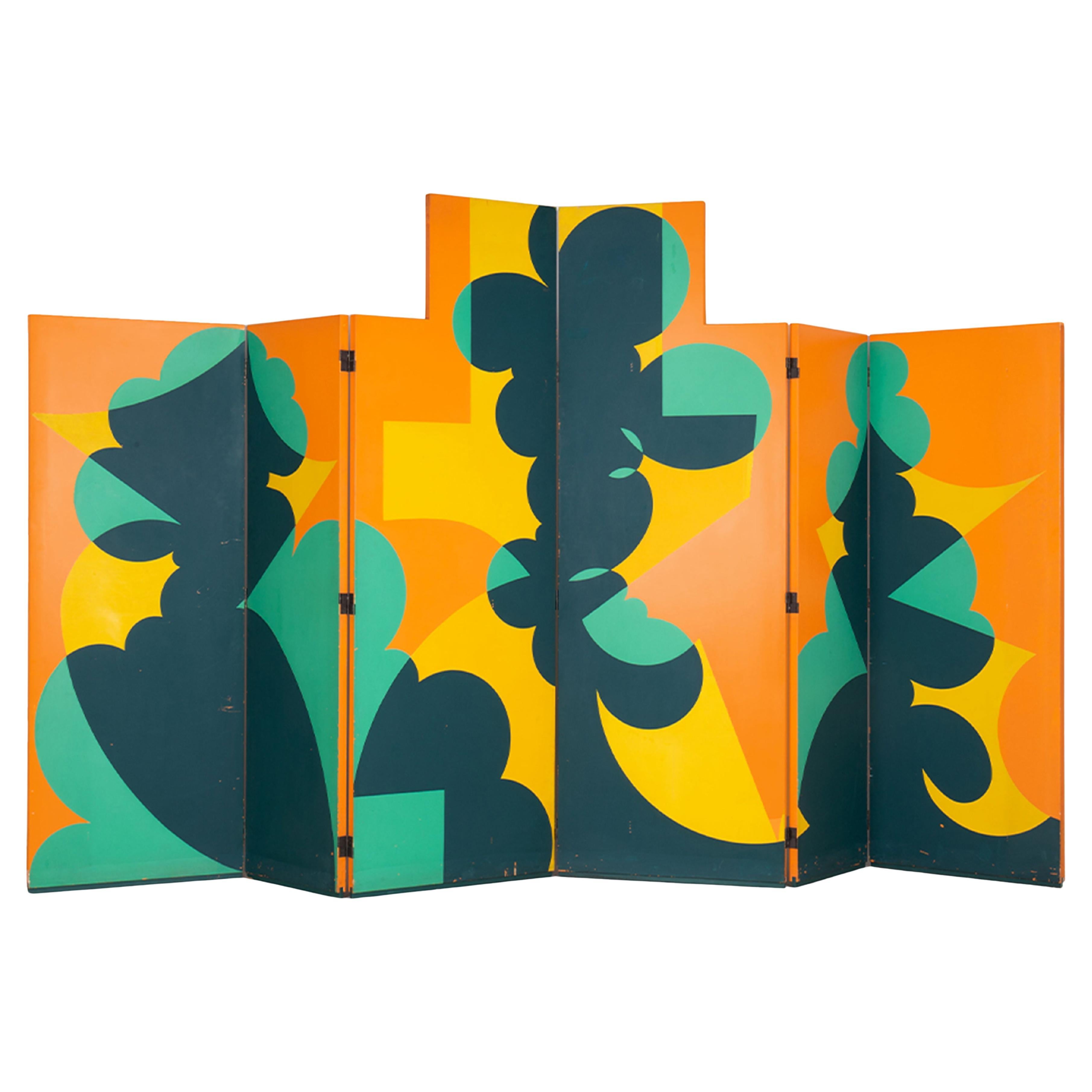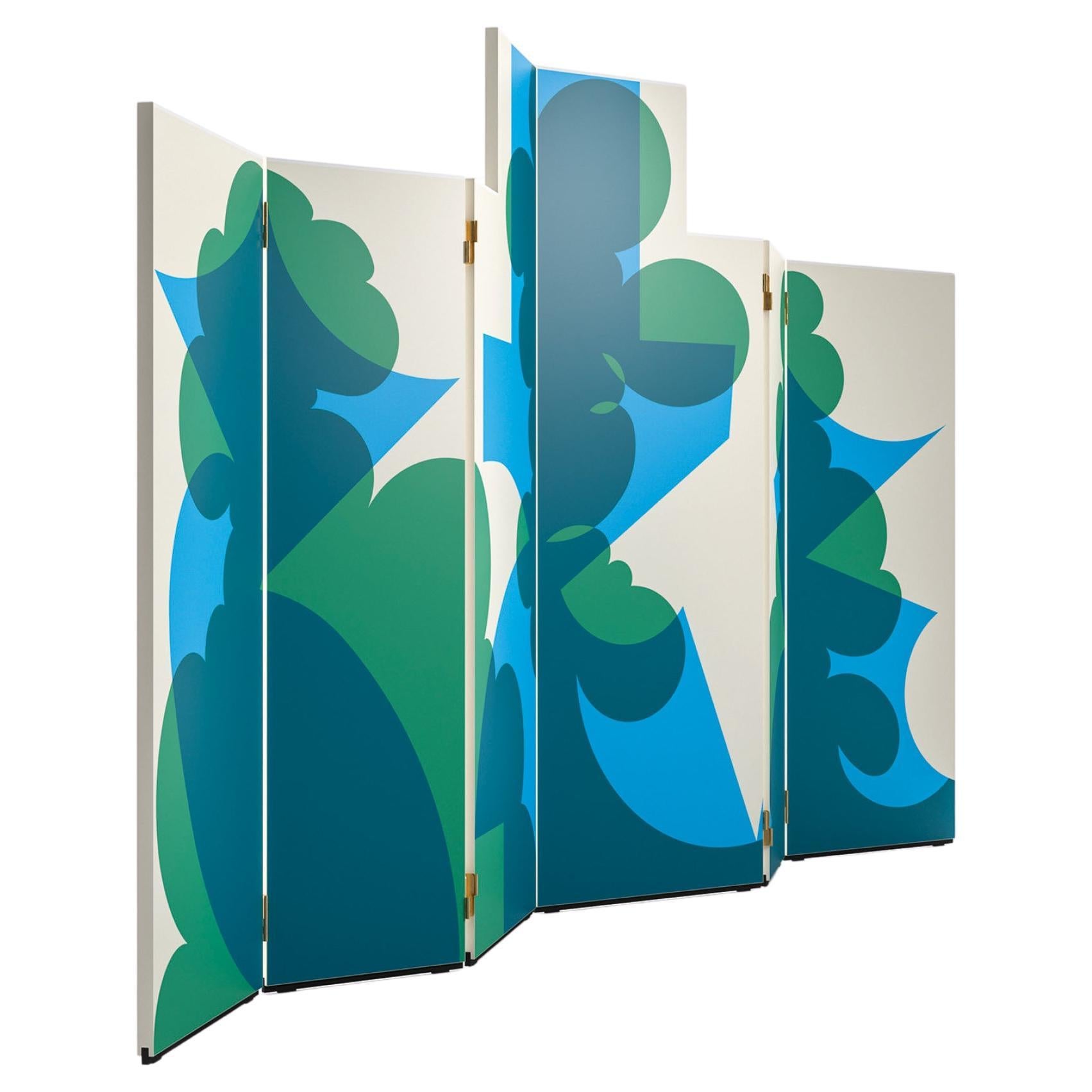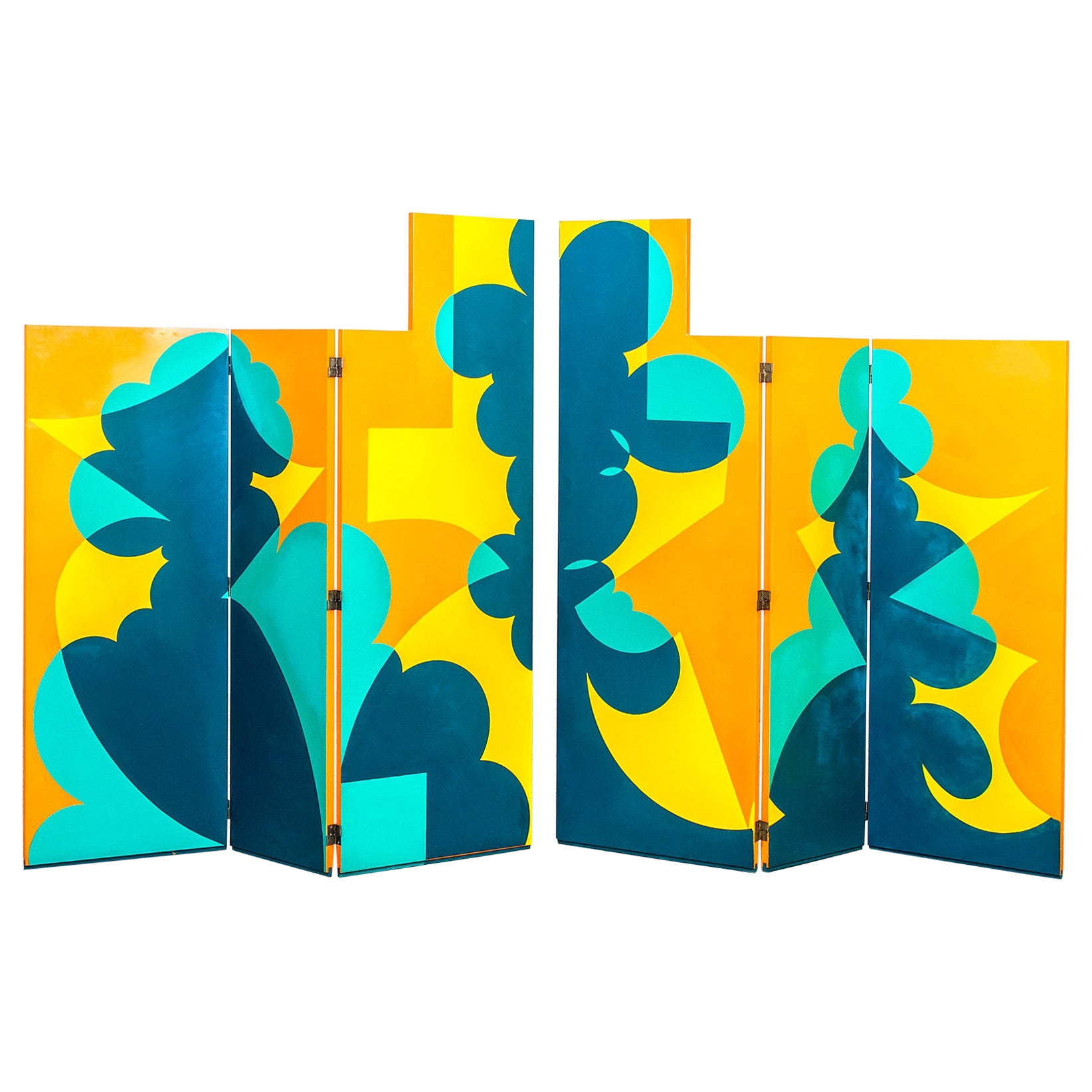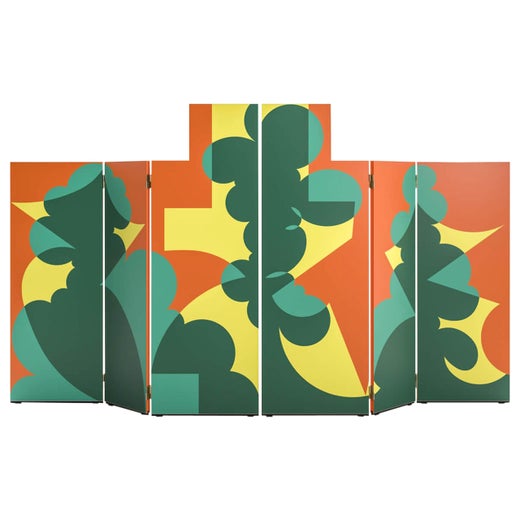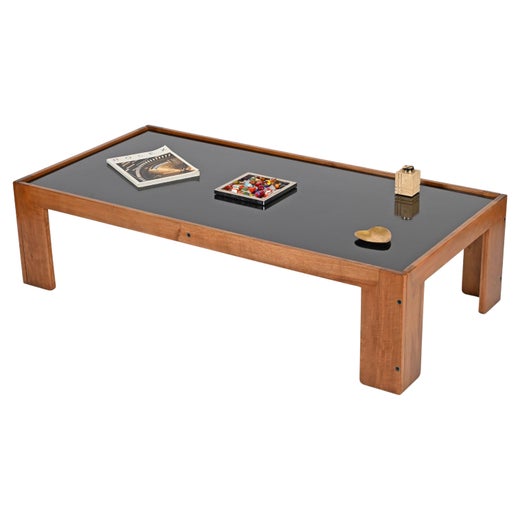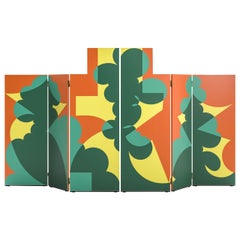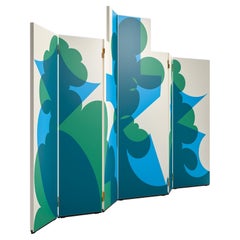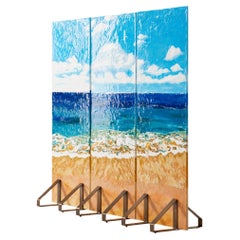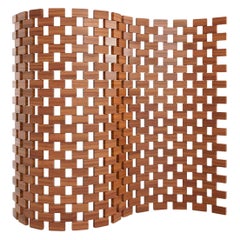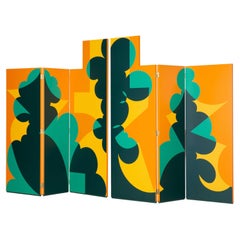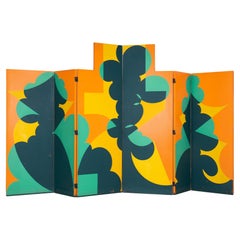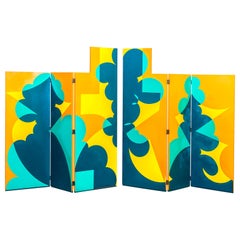Set of Two Giacomo Balla Paravento Balla Room Dividers by Cassina
About the Item
- Creator:Giacomo Balla (Designer),Cassina (Manufacturer)
- Dimensions:Height: 79.53 in (202 cm)Width: 71.26 in (181 cm)Depth: 0.4 in (1 cm)
- Sold As:Set of 2
- Style:Mid-Century Modern (In the Style Of)
- Materials and Techniques:
- Place of Origin:
- Period:
- Date of Manufacture:Contemporary
- Production Type:New & Custom(Current Production)
- Estimated Production Time:13-14 weeks
- Condition:
- Seller Location:Barcelona, ES
- Reference Number:Seller: CS.330.PARAVENTO.1A.AR.RL.000431stDibs: LU1427229020902
Giacomo Balla
Giacomo Balla was born in Turin in 1871. Since he was a young boy, when he began to attend the Accademia Albertina, he dedicated his studies to the violin and painting. His first artistic accomplishment dates back to 1894, a self-portrait. In 1895, Balla moved to Rome with his mother and then in 1900, he moved to Paris for several months. His early years as a painter indicate an interest in the divisionist paintings of Giuseppe Pellizza da Volpedo and Giovanni Segantini, Impressionism and French Post-Impressionism. In 1910, together with his pupils Gino Severini and Umberto Boccioni, he signed the Manifesto of the Futurist Painters. It is in 1912, with works of art such as the famous Dynamism of a Dog on a Leash, that Balla’s art begins to show clear futuristic characteristics, demonstrating a special focus for the objective analysis of detail. Also in 1912, Balla made a provocative gesture with which he auctioned off all of his artwork and declared himself dead, still famous, the phrase pronounced on this occasion, “Balla is dead. Here are sold the works of art of the late Balla,” that marks the clear intention of the artist to deny himself and provoke the public, pushing him towards a reexamination of the values of art. Between the end of 1912 and 1914, the artist painted the Iridescent Compenetration, paintings in which the abstractionism of the composition and the geometry of the shapes prevail. In 1915, together with Fortunato Depero, he signed the Manifesto of the Futurist Reconstruction of the Universe. Towards the end of the Thirties, Balla’s futurist production was always more sporadic; the artist gradually returned to a more figurative painting. During his last years, Balla painted according to a realistic naturalism, that however, even if occasional, he had never completely abandoned.
Cassina
Furniture manufacturer Cassina is a prolific design house for more reasons than one: It not only owns the licenses to an exquisite collection of iconic chairs, sofas, tables and other pieces from the 20th and 21st centuries but also produces original works that are characterized by innovation and the finest Italian craftsmanship.
Cassina’s illustrious legacy includes being one of the first companies to bring industrial design to Italy in the 1950s. Founded in 1927 in Meda, Italy, by brothers Cesare and Umberto Cassina, the Italian manufacturing giant originally specialized in bespoke woodworking. In nearly a century since its founding, the company has shown incredible foresight about design trends and the evolution of technology.
In 1964, Cassina signed an exclusive licensing agreement to manufacture furniture by Le Corbusier and his collaborators — such as the LC4 chaise longue made with trailblazing French modernist Charlotte Perriand and Pierre Jeanneret — a move that would shape the future of the company. Cassina’s I Maestri collection is an ongoing initiative to restyle landmark designs from the 20th century, such as pieces by Gerrit Rietveld (the Red and Blue armchair from 1918), Charles Rennie Mackintosh, Erik Gunnar Asplund, Franco Albini and Frank Lloyd Wright. The company preserves the intentions and original styles of their designs but adds updated techniques, materials and processes — rendering them the best possible combination of past, present and future. The brand has also worked with contemporary icons like Zaha Hadid, Gio Ponti and Philippe Starck.
Cassina’s original designs are cutting-edge as well. They include pieces for everyday use, the development of which is guided by comfort and the marriage of Italian craftsmanship with industrial technology.
Some of Cassina’s pieces, both from its contemporary and I Maestri collections, can be found in the collections of museums like the Museum of Modern Art and the Vitra Design Museum. In 2014, the company became part of Haworth in its acquisition of Italian furniture group Poltrona Frau, and in 2015, Spanish designer Patricia Urquiola joined Cassina as its art director, leading the brand into its next century of inventive style.
Find a collection of new and vintage Cassina furniture on 1stDibs.
- ShippingRetrieving quote...Shipping from: Barcelona, Spain
- Return Policy
More From This Seller
View All2010s Italian Mid-Century Modern Screens and Room Dividers
Paper
2010s Italian Mid-Century Modern Prints
Resin
2010s Italian Mid-Century Modern Screens and Room Dividers
Metal
2010s Italian Mid-Century Modern Screens and Room Dividers
Porcelain
2010s Italian Mid-Century Modern Prints
Resin
2010s Italian Mid-Century Modern Screens and Room Dividers
Resin
You May Also Like
Vintage 1970s Italian Mid-Century Modern Screens and Room Dividers
Wood
Vintage 1970s Italian Mid-Century Modern Screens and Room Dividers
Wood
Vintage 1970s Italian Mid-Century Modern Screens and Room Dividers
Wood
Vintage 1970s Italian Mid-Century Modern Screens and Room Dividers
Wood
Vintage 1970s Italian Screens and Room Dividers
Wood
2010s Italian Mid-Century Modern Screens and Room Dividers
Brass
